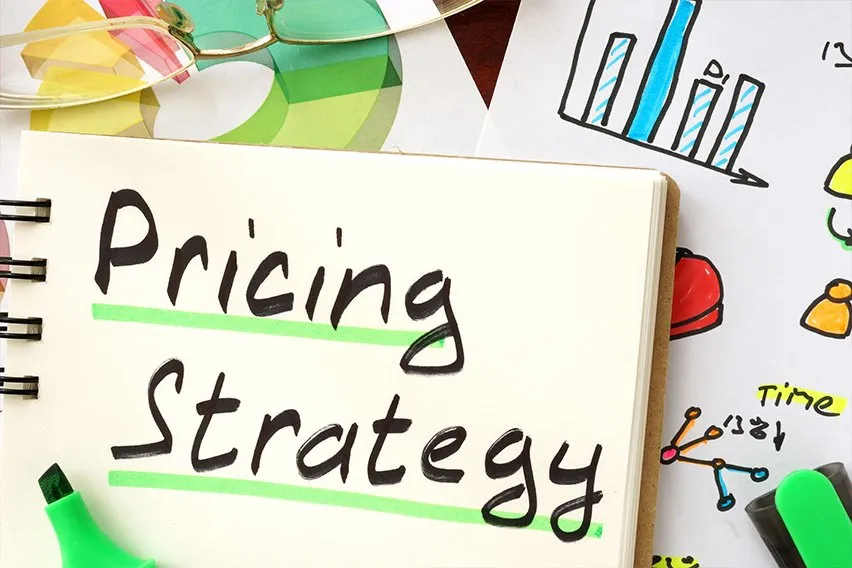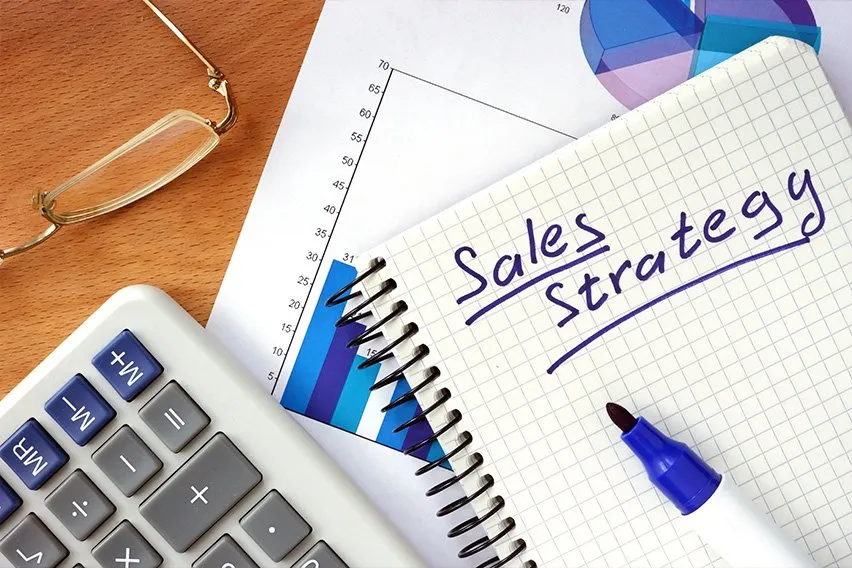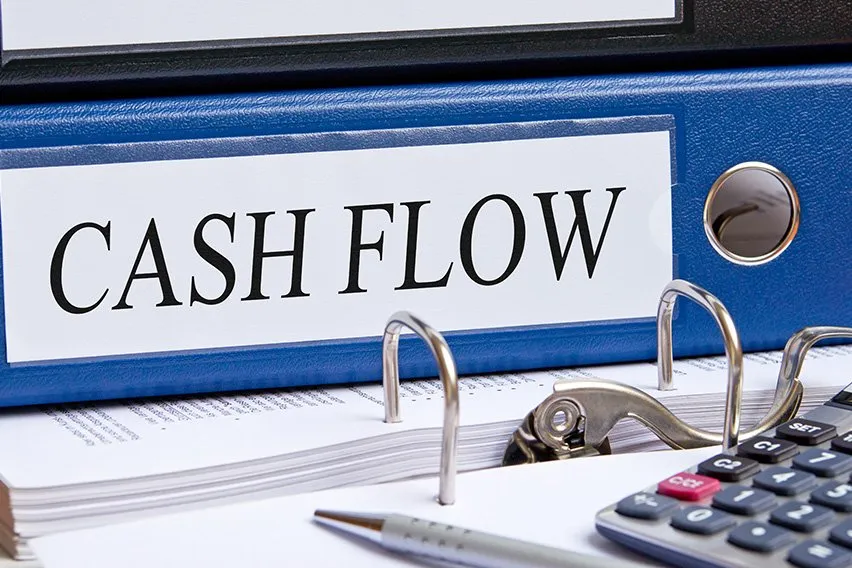12 Real-World Pricing Strategy Examples

Pricing your products and services is one of the most daunting yet most crucial parts of doing business. The goal of strategic pricing is to maximize your profit. It’s a lot more complicated than raising your prices or increasing your profit margins.
Every business is different. They have different products, different customers and different market share. It makes sense that there isn’t a one-size-fits-all pricing strategy. So how do you make the most out of your sales without alienating a potential customer? And how does your pricing align with the brand identity you want to convey?
Read on for our full guide on how to price your product or service. This includes 12 common pricing strategies and real-life examples you can learn from
In this article, we’ll cover:
What Is a Pricing Strategy/Pricing Model?
The Four Cs of Pricing Your Product
The Four Main Pricing Strategies You Should Know
Other Kinds of Pricing Strategy
What Is a Pricing Strategy/Pricing Model?
Most marketing guides use pricing strategy and pricing model interchangeably. There are some key differences that you should keep in mind.
A pricing strategy is how the seller uses pricing to achieve a certain business objective. It deals with the psychological reaction that a consumer has towards certain kinds of prices.
A pricing model, on the other hand, is how the seller goes about implementing the pricing strategy. Pricing models are usually specific and quantitative in nature. Here are some of the most common pricing models:
- Hourly: You charge an hourly rate (e.g., $40/hour) and then bill the client for the total number of hours worked.
- Project-based: You charge a flat rate for the entirety of the project (e.g., $5,000 for a website).
- Retainer: You charge a monthly fee for on-going deliverables (e.g., $300/month for search engine optimization).
- Performance-based: You charge a rate based on the results you produce (e.g., $100 per key performance indicator reached).
- Cost-plus pricing: You charge for the production costs (e.g., $10 to make a shirt) plus a profit markup (e.g., 100%, or total $20).

The Four Cs of Pricing Your Product
Pricing strategies work best when they take into consideration the four major pillars of pricing. These are customers, current positioning, competitors and costs. Keep the four Cs in mind when choosing the best pricing approach for your business.
Customers
Who is your target market? What is your ideal customer’s disposable income range? How much would that customer be willing to pay for your products and service? Will pricing your products/services impact your customers’ purchasing behavior or attitude towards your brand? What kind of pricing strategy speaks to your target customer the best? How does it align with your brand image and what type of value does it communicate?
Current Positioning
What is your brand identity? Which parts of the market are you catering to with your marketing efforts? Are you known as a budget or low-cost alternative, or are you a luxury business with elite clients? Are you a relatively unknown startup, or does your company already have a hold on the market? Your products and services need to be priced accordingly. The more luxury your offerings (or the more established you are as a company), the more you can demand from your customers. This is not to say you should necessarily “price high.” Your product and pricing need to work together in order to create the image that you want.
Competitors
How much are your competitors charging? If your competitors raise or lower their prices, how would that affect your sales? Are your products/services comparable, or do you offer something special for the same cost? You can use your competitors’ prices as a benchmark. Always take note of any major differences that allow you to be more flexible on your price.
Costs
It’s simple math—you can’t profit if you’re spending more than you bring in. Always take into consideration production costs (how much it costs to produce a product or service) and fixed costs. (What you have to pay regardless of how many units you sell—e.g., marketing, rent, staffing, other operating expenses, etc.). A common method for this using cost plus pricing. Determine your costs, then determine how much additional you want to charge on top of that.
The Four Main Pricing Strategies You Should Know
There are dozens of strategies in existence. There are four basic strategies that provide the foundations for more complex pricing. These are: economy pricing, penetration pricing, price skimming and premium pricing.
Pricing Strategy Examples: #1 Economy Pricing
Under the economy pricing strategy, your company charges as little as possible to entice the largest number of potential customers. This works by lowering operating and production costs as much as you can. Because your profit margins are usually lower, you also have to focus on volume.
This pricing approach is most commonly seen at dollar stores. It’s also common at chain supermarkets like Target or Walmart. However, if you’re a small business, this tactic is a bit tricky. You may not have the volume, market share, or brand awareness to set your products and services at the lowest possible price to reach that target customer.
Pricing Strategy Examples: #2 Penetration Pricing
If you’re a relatively new business, you may want to consider pricing for optimum market penetration. This means that you initially sell your product or service at a low introductory price. This will attract new customers. Then raise prices one you’ve secured your share in the market.
You can see this pricing strategy at work with telecommunications or cable companies. They’ll initially charge a lower-than-market rate for the first month or so. This will entice customers to sign up for their services. There are two potential downsides to this strategy. First, your profits will take a hit. Second, some customers may not buy into the higher price.
Pricing Strategy Examples: #3 Price Skimming
Think of price skimming as the opposite of penetration pricing strategy. You start with a higher initial cost, and then lower the price over time. This occurs as consumer demand falls and newer goods take over the market. This is a great way to cover production and marketing costs early. It also reinforces the idea that your brand is one of quality and luxury.
Price skimming is very common in the tech/electronics industry. Whenever a new flagship phone from Apple or Samsung comes out, prices are high. However, if a customer buys the same phone a year or even just a few months later, they could get it at a much lower price.
Pricing Strategy Examples: #4 Premium Pricing
It may seem counterintuitive to price your product at a premium price point. Customers can actually respond positively to higher prices. Because only a few people can afford them, expensive products create the illusion of exclusivity, status and quality.
You can opt for a premium price if your product or brand has a competitive advantage. The trade-off is that though your business will likely sell fewer units. The high profit margin should be able to make up for loss of volume. Premium pricing can be found in most industries. This includes restaurant and hospitality to automotive to fashion.
Other Kinds of Pricing Strategy
While economy, penetration, skimming and premium pricing are the most common pricing strategies, they’re not the only ones you can use. Below are eight more approaches that could benefit your business.
Psychological Pricing
Also known as charm pricing, psychological pricing takes advantage of the fact that humans are emotional by nature. We respond to things emotionally and impulsively rather than logically.
The biggest example of this is when sellers mark their prices as $0.99 or $0.75. This is rather than rounding up to the nearest whole number—like when an item costs $99.99 instead of $100. This is because we see and react to the first set of numbers. We immediately think it is cheaper, even though there’s a negligible difference in cost.
Bundle/Product Line Pricing
If you have a range of products or services that complement each other, you can bundle together products. This may allow you to charge a lower price than if customers bought them individually. This is called bundle pricing. This is a great way to get rid of stock, move products and encourage more spending.
Retail brands will bundle together related items. Service providers have package deals if you get multiple services at one time. The tricky part of product line pricing is that you have to make sure that your profit loss doesn’t outweigh how much you earn by pushing multiple products at the same time.
Promotional Pricing
Promotional pricing is also known as discount pricing. You sell your products or services at a discounted rate for a short period of time. This could involve slashing off a percentage of the price. This provides vouchers or coupons, launching two-for-one deals or giving away free items with every purchase.
Promo pricing follows the idea that some profit is better than no profit. We recommend using this strategy on high-volume periods (e.g., the holidays). It also works at the end of the season when moving products out of inventory is a higher priority than pure profit.
Geographical Pricing
If you are a local business, then geographical pricing isn’t for you. But if you’re an international company that sells all over the world, then this pricing approach is very relevant.
With geographical pricing, you price your goods and services according to geographical factors such as cost of living, average income, legislation, taxes, and of course, supply and demand. For example, gas stations in a busy urban area are likely to have different prices than similar stations in a rural town.
Captive Product Pricing
This pricing strategy works best if customers have to keep buying from you to continue using your products. Examples of this are shaving products and subscription services like the Dollar Shave Club. Once you buy a razor from a particular brand, the customer will have to keep buying blades and other accessories from you since other brands won’t be compatible.
You can charge a low price for the initial buy-in (e.g., razor handles, printers), and then make up for any profit loss through the renewables (e.g., blades, printer ink).
Optional Product Pricing
You might be familiar with optional product pricing through another term: upselling. With upselling, you can tack on extra services or products for a slightly higher cost. You see airlines using this strategy all of the time, with extra charges for optional services such as baggage, priority check-in, in-flight meals and exit row seats. The idea behind this is that it’s easier and more profitable to convince a current customer to spend more than it is to try and attract a new customer.

Value Pricing
Value-based pricing means basing your prices off how much value your customers feel they are getting when they buy your product or service, instead of deciding prices based on how much a product or service costs to make. The idea behind this is that customers are willing to spend more money on something that they feel is worth it and provides them with value.
For example, a T-shirt may cost just $5 or $10 to produce. But because there’s some value attached to the style and brand, some companies may charge as much as hundreds or even thousands of dollars for it.
Dynamic Pricing
Dynamic pricing is a pricing strategy that’s variable instead of fixed. This means that, depending on the time or other external factors, prices can and will fluctuate. You see this often in the tourism industry—hotels and airlines usually charge higher rates during peak season and will lower their rates when there is less consumer demand.
Flexible pricing systems often use technology to generate the best rates depending on market factors. While this makes it easier to maximize profits, gathering the data necessary to implement dynamic pricing may be too time-consuming or expensive for small businesses.
Pricing Strategy Benefits
There are several benefits to using pricing strategies like the ones above. Some of these benefits include:
- Allowing for increased margins on higher priced items. In the case where your margins are based on the initial sale only, using a pricing strategy that encourages recurring purchases will yield higher profits.
- Increasing competitiveness. When everyone else in your industry is jacking up prices and cutting discounts to maximize short-term profits, it might be time to rethink your approach. Using a pricing strategy that entices customers to keep buying from you will make your business more competitive and increase customer loyalty.
- Price flexibility. By using geographical pricing, captive product pricing and dynamic/flexible pricing, you can charge customers different prices based on certain criteria.
- Simplifying your marketing messaging. If your marketing message focuses on value and benefits rather than price, you can make it easier for customers to understand and trust your brand.
- Reducing customer price resistance. When your customers feel that they’re getting a good deal, they’ll be more likely to trust and buy from you.
There are many benefits to having a good pricing strategy. By using one or more of the pricing strategies discussed above, you can increase your revenue and grow your business.
Key Takeaways
The right pricing strategy will help you get more customers and increase your profits. But what works for one company may not necessarily work for you—even if they’re in the same industry. It’s important to take a look at your specific marketing strategy and circumstances before choosing the most effective price strategy. Check out our resource hub for more information!
RELATED ARTICLES

 The Small Business' Guide to Building an Effective Sales Strategy
The Small Business' Guide to Building an Effective Sales Strategy 10 Cash Flow Management Tips to Grow Your Business
10 Cash Flow Management Tips to Grow Your Business Protect Your Business: 10 Types of Business Fraud to Look out For
Protect Your Business: 10 Types of Business Fraud to Look out For Owner’s Draw vs. Salary: Paying Yourself as a Business Owner
Owner’s Draw vs. Salary: Paying Yourself as a Business Owner How to Avoid a Bad Hire: 5 Hiring Mistakes Identified
How to Avoid a Bad Hire: 5 Hiring Mistakes Identified How to Hire Good Employees in 8 Easy Steps
How to Hire Good Employees in 8 Easy Steps